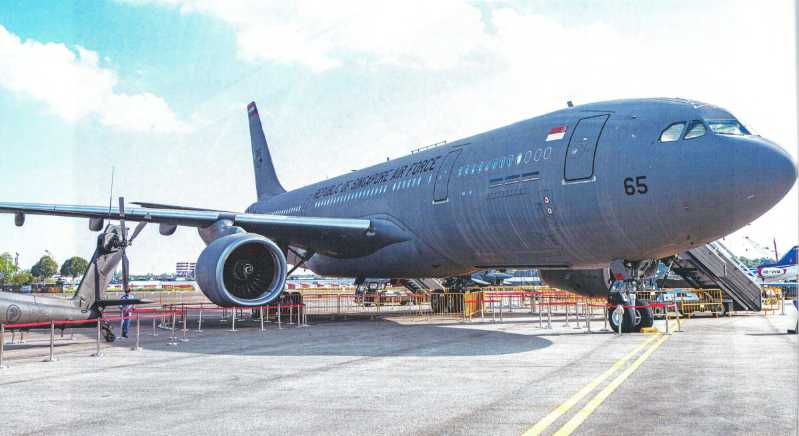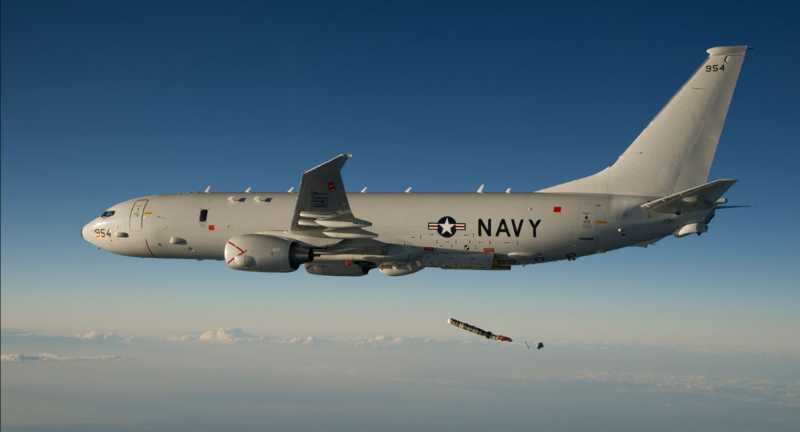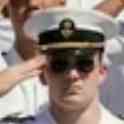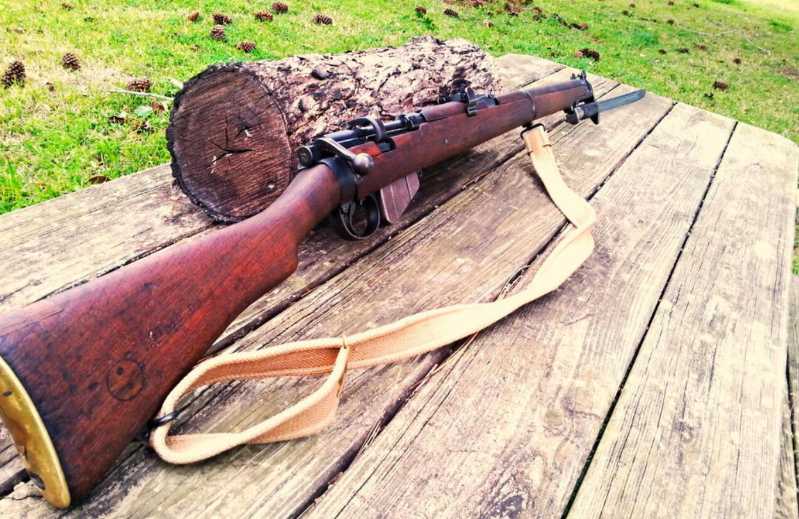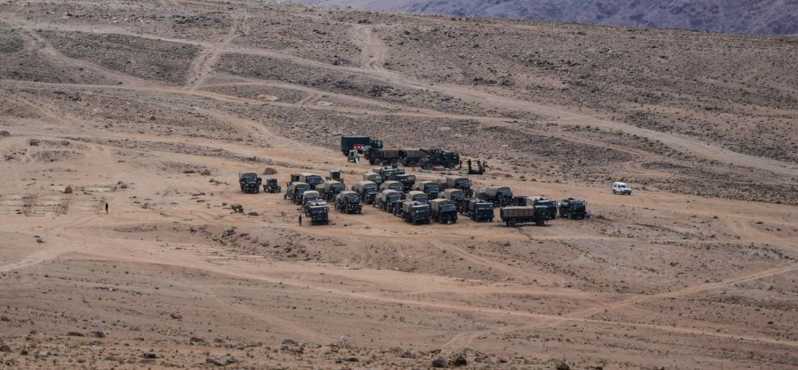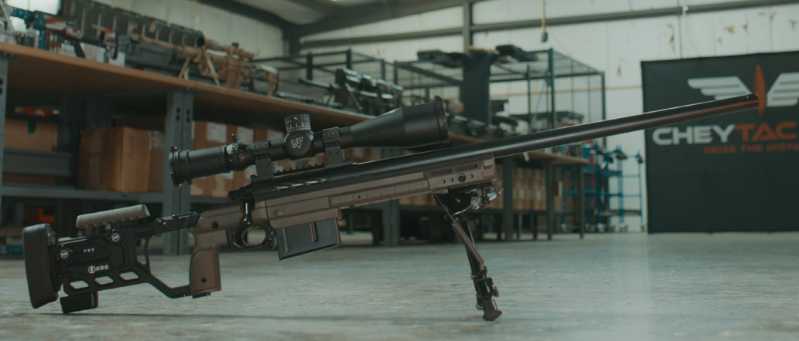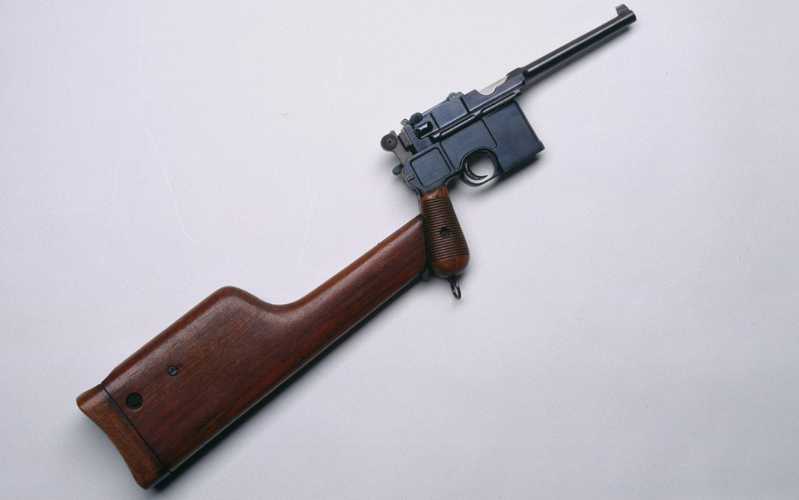Aerial refueling aircraft can increase the combat radius of fighters, increase the amount of ammunition carried, and extend the range and endurance of fighters, early warning aircraft and transport aircraft, thereby greatly enhancing the long-range combat, rapid response and sustained combat capabilities of aviation forces. It has become one of the important equipment of modern air forces. The author has always been very interested in refueling aircraft, but rarely has the opportunity to get close to them. It happened that at this air show, an A330MRTT tanker of the Singapore Air Force was open for visit, and I had the opportunity to carefully understand the various details of the aerial refueling aircraft.
Visiting the aircraft
The A330MRTT tanker open for visit on site comes from the 112th "Flying Fish" Special Aircraft Squadron of the Singapore Air Force. The squadron is stationed at Changi (East) Air Force Base in eastern Singapore. It was previously equipped with 4 second-hand KC-135R tankers purchased from the United States. It is the first air force squadron in Southeast Asia to be equipped with large tankers. It mainly performs air-to-air refueling (AAR), aeromedical evacuation (AME) and air transport support missions. In 2014, the Republic of Singapore Air Force purchased six A330MRTT multi-purpose refueling transport aircraft from Airbus to replace the KC-135R aerial refueling aircraft that had reached the end of its service life. The aircraft began to be delivered in August 2018 and were completed in 2020. On April 22, 2021, the Republic of Singapore Air Force held a ceremony at Changi Air Force Base, announcing that the six Airbus A330MRTT multi-purpose refueling transport aircraft equipped by the 112th Squadron had achieved full combat capability. One of the six A330MRTTs was on display this time.

Unlike other fighters that need to wait in line for several hours before boarding, the A330MRTT multi-purpose tanker is also full of people in front of the plane, but the waiting time for boarding is much shorter, because more than 20 people can board at a time. It is indeed a large aircraft. The number of visitors on board at one time is dozens of times that of other models. However, because the A330MRTT is developed on the basis of a large passenger aircraft, the cabin door is very high, and you need to climb a very high gangway to get on.
More importantly, the A330MRTT multi-purpose tanker can bring camera equipment to the boarding visit, and you can watch and take pictures at will. This made the queuing audience very happy. The editor-in-chief of this magazine was also very excited when queuing, thinking that he could see the Western hard-tube refueling cabin with his own eyes.
As a result, the greater the expectation, the greater the disappointment. After boarding, I found that it was completely different. The boarding area is the front and rear cabins of the A330MRTT multi-purpose tanker. The front cabin is a medical rescue cabin with several patient models for people to watch; the rear cabin is a transport cabin with nothing but a dozen rows of cockpits.
However, in the hot weather, the A330MRTT multi-purpose tanker cabin has air conditioning, so many visitors choose to sit on the seats for a while. Since they are on board, they can enjoy the cool air! When they came out of the rear cabin, they found that this is a good place to board and look far away. The Malaysian Su-30MKM fighter jets are in full view.
Since there is nothing to see in the cabin, let’s get off the plane and go to the rear of the plane to see the hard-pipe refueling device.
There are two tankers on site, one is the US military’s KC-135, and the other is the Singapore Air Force’s A330MRTT multi-purpose tanker. The former is a hard-tube refueling, while the latter is a combination of hard and soft. In addition to the hard-tube refueling device under the tail, there is a hose refueling pod on the outside of the wings on both sides.
Basic performance
A330MRTT is an aerial refueling aircraft developed by Airbus based on the A330-200 passenger aircraft. The MRTT in the name is the abbreviation of Multi Role Tanker Transport.
Compared to most existing aerial refueling aircraft, the A330MRTT has multi-task and multi-purpose capabilities. The design of this aircraft retains the carrying capacity of civil airliners while adding the structure of a refueling aircraft. In this way, compared with Boeing’s refueling aircraft, it can serve as a personnel transport aircraft and a small arms transport aircraft, which is obviously more advantageous for the changing battlefield needs.
The fuselage and wing design of the A330MRTT basically retains the characteristics of the A330-200 civil aircraft. The fuselage uses the original twin-engine wide-body passenger aircraft design, with a fuselage length of 58.82 meters, a width of 5.64 meters, a wingspan of 60.3 meters, and a height of 17.39 meters. The fuselage is made of lighter and stronger metal alloys and composite materials, which can reduce the weight of the fuselage and increase the life of the aircraft. The fuselage is a wide-body design with a cross-section of 5.638 meters. Such a large-size design can bring more internal space.
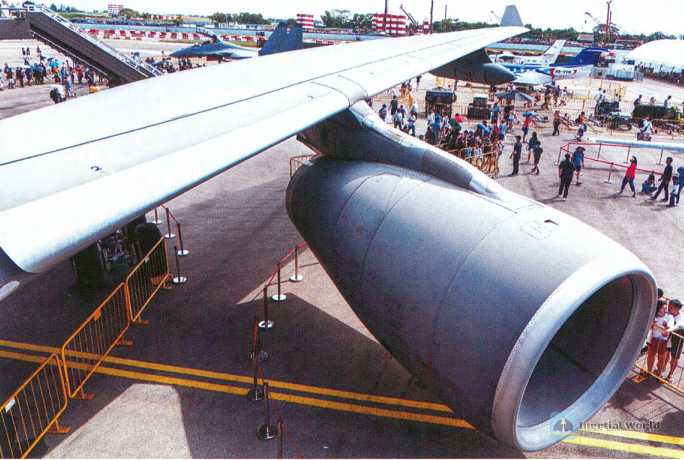
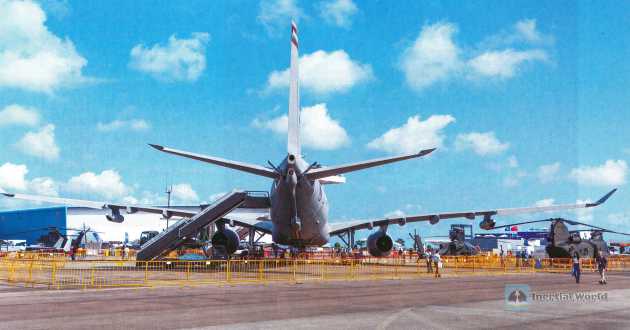
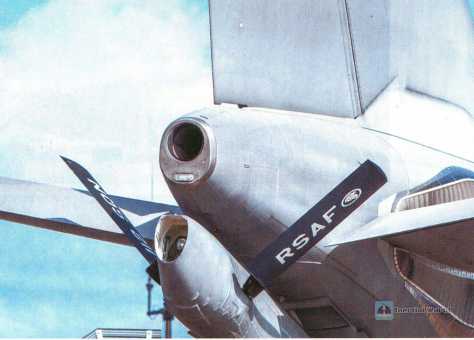
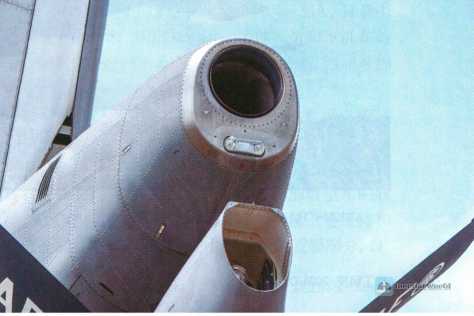
Since the wing of the Airbus A330 has a common structure with the four-engine Airbus A340, the two unused engine mounting points under the wing become natural reinforcement points, which can be used to mount hose refueling pods. Therefore, as long as the fuel lines are reserved at these two mounting points, the A330MRTT can install the refueling pod with minimal changes to the wing to achieve the aerial refueling function. In addition, the wing has also been optimized in terms of aerodynamic performance to ensure the best takeoff and landing performance in all climatic conditions, thereby improving the aircraft’s fuel efficiency during takeoff and landing and cruising speed flight. It has low fuel consumption and large space, which is simply the best choice for aerial refueling aircraft.
Multiple uses
The A330MRTT uses a glass cockpit and is equipped with a highly digitalized integrated avionics instrument system, which can intuitively display various flight-related information on the six main display screens in the cockpit, thus providing a better experience for driving and flying, and making it more convenient to operate the aircraft. Moreover, the layout and operation logic of the avionics system are basically the same as those of the A330 passenger aircraft, which can greatly reduce the learning cost of tanker pilots. In addition to the pilot and co-pilot in the cockpit, there is also a position for an aerial refueling operator in the cockpit behind them to operate the aerial refueling system.
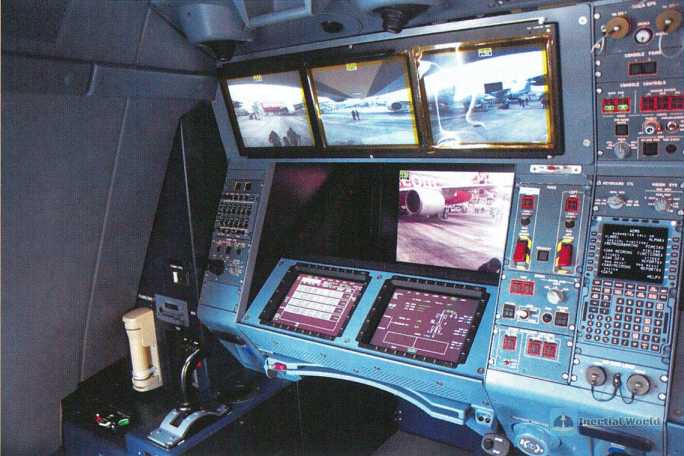
As a tanker, fuel capacity is an important indicator. Because the A330 is a large wide-body aircraft, the A330MRTI aerial refueling aircraft can carry up to 110 tons of fuel without using additional fuel tanks. This number is higher than the fuel capacity of the KC-46A aerial refueling aircraft in service with the US Air Force. Therefore, the A330MRTT aerial refueling aircraft does not need to install additional fuel soft bags used by many small and medium-sized aerial refueling aircraft, or arrange large fuel storage tanks in the cargo hold like the Il-78. It only needs to install the necessary pipeline system and control equipment to have sufficient aerial refueling capabilities.
The huge fuel capacity allows the A330MRTT to achieve a longer range and longer endurance, which is conducive to aerial refueling for more combat aircraft. The aircraft can fly to a place more than 1,600 kilometers away from the base to perform aerial refueling missions, or it can refuel 6 fighters in the air and transport 43 tons of cargo during a flight of 4,000 kilometers, or it can refuel 68 tons of fuel for combat aircraft during a flight of 1,850 kilometers and a 2-hour cruise in the scheduled airspace.
In terms of refueling, the A330MRTT uses a three-point aerial refueling system that combines soft and hard, including two hose refueling pods hanging on the outside of the main wings on both sides and a hard pipe refueling system at the tail. The hose refueling system can refuel two receiving aircraft at the same time, and can achieve a refueling operation speed of 1590 liters/minute. The hard pipe refueling system at the tail is specially developed by Airbus for the A330MRTT, referred to as ARBS (Air Refueling Boom System). It can be extended to 17 meters long and the oil delivery speed reaches 4540 liters/minute. The oil delivery efficiency is much higher than the hose method.

In order to facilitate the operation of the hard pipe refueling device, the A330MRTT not only arranges an aerial refueling control seat at the rear of the cockpit, but also equips the tail with radar and infrared guidance systems and various lighting auxiliary systems, which can accurately control the relative speed and distance between the receiving aircraft and the tanker, and improve the safety of aerial refueling. In addition, it has installed a variety of spectral cameras at the belly of the aircraft. The images of the receiving aircraft taken by these cameras at different angles will be displayed in real time on several large screens at the refueling control seat, helping the refueling operator to accurately control the refueling rod to insert into the refueling interface of the receiving aircraft and perform aerial refueling operations.
In addition, in order to improve the safety and efficiency of aerial refueling, Airbus is developing an automatic refueling system to replace the manual control of the refueling rod by the refueler for refueling operations. At present, this technology has made great progress. Last year, Airbus’ official website reported that Airbus and the Singapore Air Force had completed the test of automatic air-to-air refueling of the A330MRTT aerial refueling aircraft and the F-15SG fighter.
During the three-week test, the Singapore Air Force’s A330MRTT and F-15SG conducted more than 500 automatic dry-temperature dockings, including night tests. After the test was completed, the Singapore Air Force also became the first air force with automatic refueling capabilities. The automatic refueling system reduces the workload of aerial refueling operators, improves the safety of aerial refueling, and increases the transmission rate of air-to-air refueling.
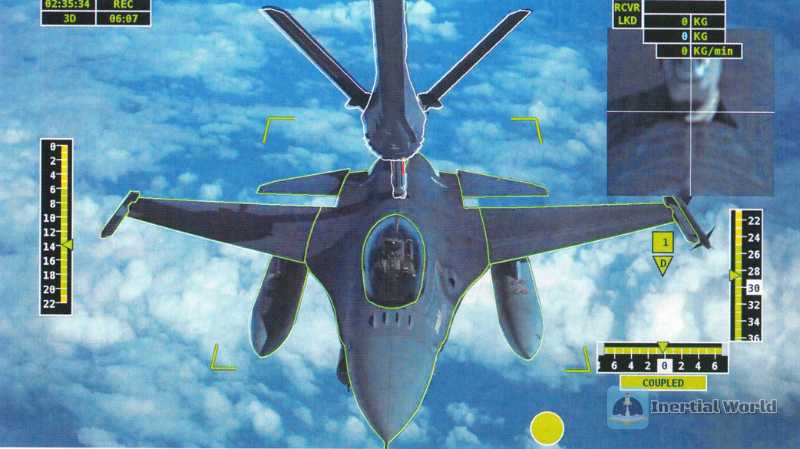
In order to improve battlefield confrontation and survivability, A330MRTT has installed plug-and-play military avionics, military communication equipment and defense equipment inside and outside the fuselage, which can greatly improve the safety performance of A330MRTT tanker in the air. Of course, these plug-and-play military electronic equipment can be removed, and the passenger cabin and cargo cabin are basically the same as those of civil aircraft, so the A330MRTT aerial tanker with military electronic equipment and refueling pod removed can be converted into a passenger plane or transport plane at any time.
Since the fuel carried by the tanker does not occupy the passenger and cargo cabins, the A330MRTT has a large available cabin space. When there is no aerial refueling mission, it can perform ordinary transportation missions. For example, for troop projection, its passenger cabin can be equipped with up to 272 seats, and its cargo cabin can also use pallets and containers to carry military equipment. When performing medical rescue missions, its passenger and cargo compartments can be converted into treatment rooms, emergency rooms and temporary wards, turning it into an aerial military hospital.
Even if these military equipment are not removed, the A330MRTT can also perform personnel and material transportation tasks. After all, the full name of the aircraft is "Multi-purpose Refueling Transport Aircraft", which has a transportation function. Many countries equipped with A330MRTT often use the aircraft as a passenger aircraft. For example, South Korea used it to carry out the mission of evacuating its citizens from Israel. Some countries even use the aircraft as a government aircraft. For example, the United Kingdom and Australia often use it to transport royal family members and heads of government to visit abroad.
Meeting needs
Although the Singapore Air Force is not large in scale, it has a complete range of aircraft models, advanced technology and a complete system. Currently, it has 40 F-15SG, 60 F-16C/D Block 52/52+, 4 G550AEW early warning aircraft and 10 C-130H, and has also purchased 12 F-35B and 8 F-35A. However, due to limited airspace resources, nearly half of the personnel and aircraft are trained in the United States, Thailand, France, Australia and Brunei, so there is a high demand for tankers and transport aircraft.
The A330MRTT multi-purpose tanker transport aircraft can meet all the requirements of the Singapore Air Force. It can perform air-to-air refueling (AAR), aeromedical evacuation (AME) and air transport support missions at the same time. It also has stronger endurance, which can further expand the range of the Singapore Air Force and reach all overseas training locations without transit. It is an important part of maintaining and improving the evolving combat capabilities of the Singapore Air Force. Q


